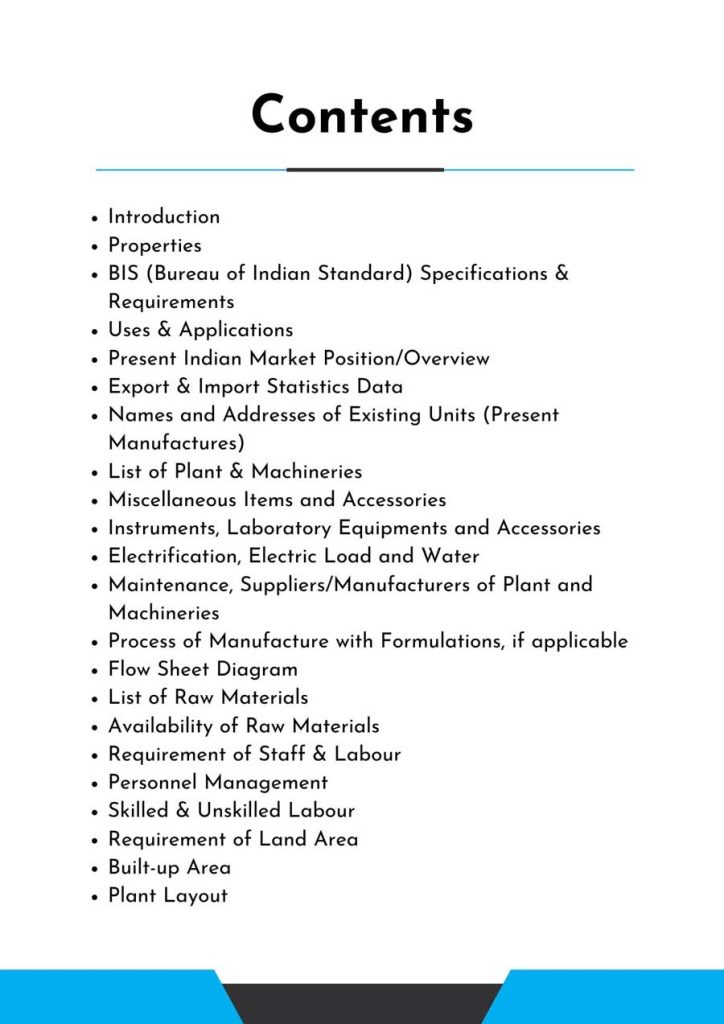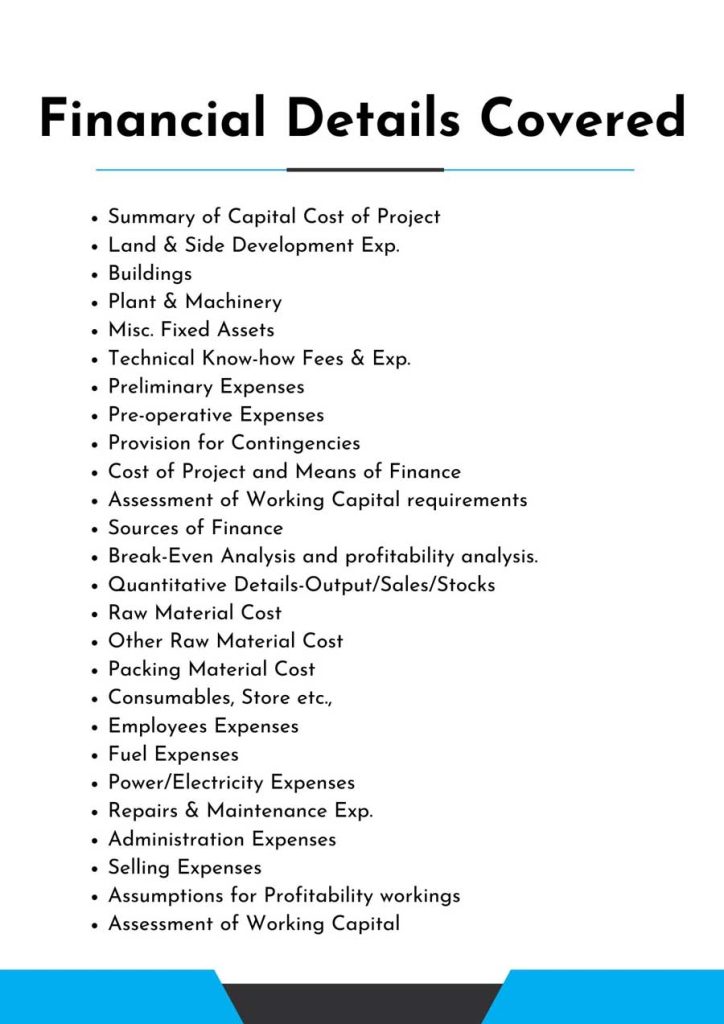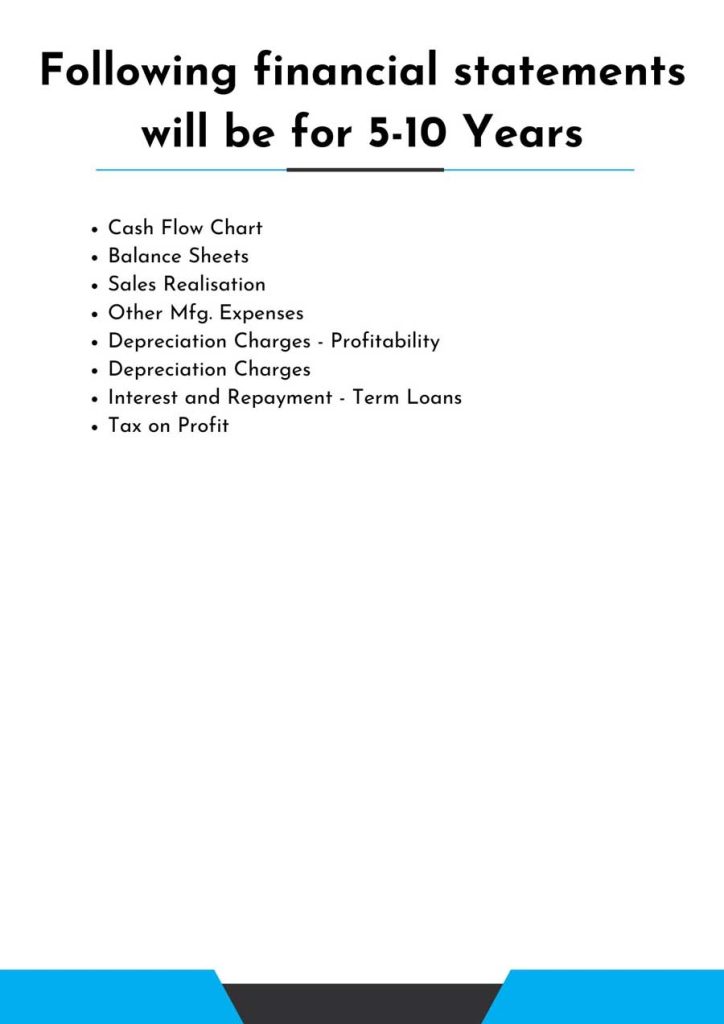Feasibility Report On Vegetable Oil Industry
Extracted from different parts of fruits and vegetables as well as seeds, vegetable oil or vegetable fats or edible oil is similar to animal fats and are mixtures of triglycerides.
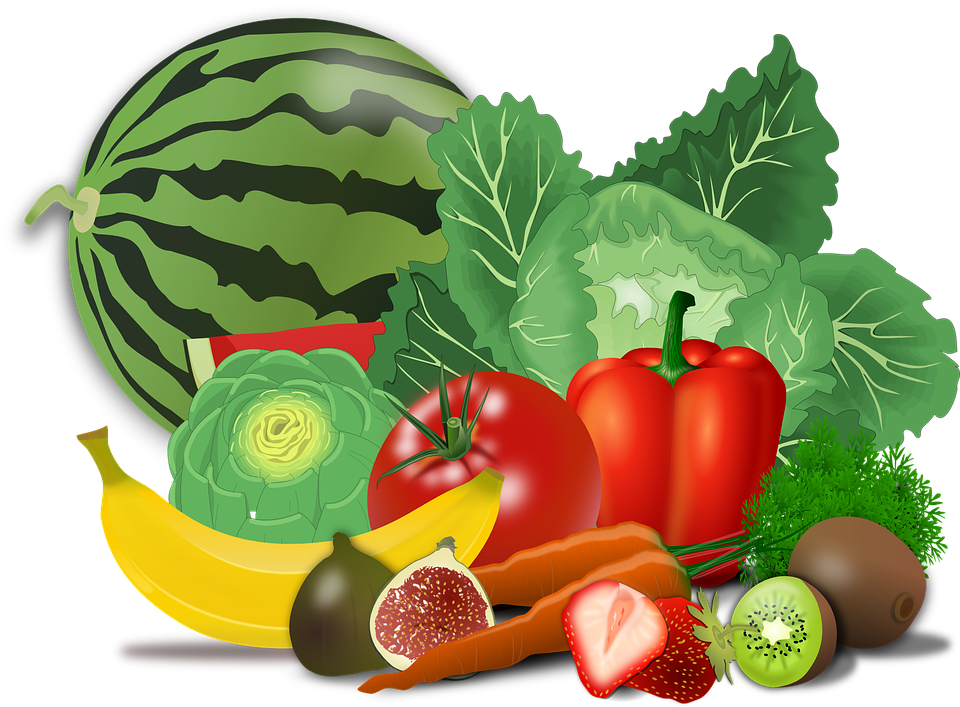
What is Vegetable Oil?
Feasibility Report On Vegetable Oil Industry.
Vegetable oils, often known as vegetable fats, are oils that are derived from seeds or other fruit portions. Vegetable fats are triglyceride combinations, just like animal fats. types of fats extracted from different parts of fruits are olive oil, palm oil, rice bran oil, etc. while soybean oil, grape seed oil, cocoa butter, etc are a few examples of fats derived from seeds.
Vegetable oils are usually edibles whereas non-edible oils or mineral oils are derived from petroleum. Vegetable oils are used as drying oil, for oil paintings, as fuel mainly for lamps, biodiesel, pet food additives, and for several other industrial or domestic purposes.
Our brain cells benefit from oils – Some oils, such as peanut oil, almond oil, and wheat germ oil, are high in vitamin E, which the body needs for nerve system health, cell formation, and protection. This vitamin strengthens our immune system, which is good for our health. It functions as an antioxidant and defends various body tissues, including the skin, eyes, and others. Additionally, the oils’ vitamin E content aids in the prevention of cardiac disorders. Vitamin E is an antioxidant that reduces the production of free radicals, aids in preventing blood clots and coronary artery blockages, and lessens the risk of cardiovascular disease.
Feasibility Report Sample On Vegetable Oil Industry
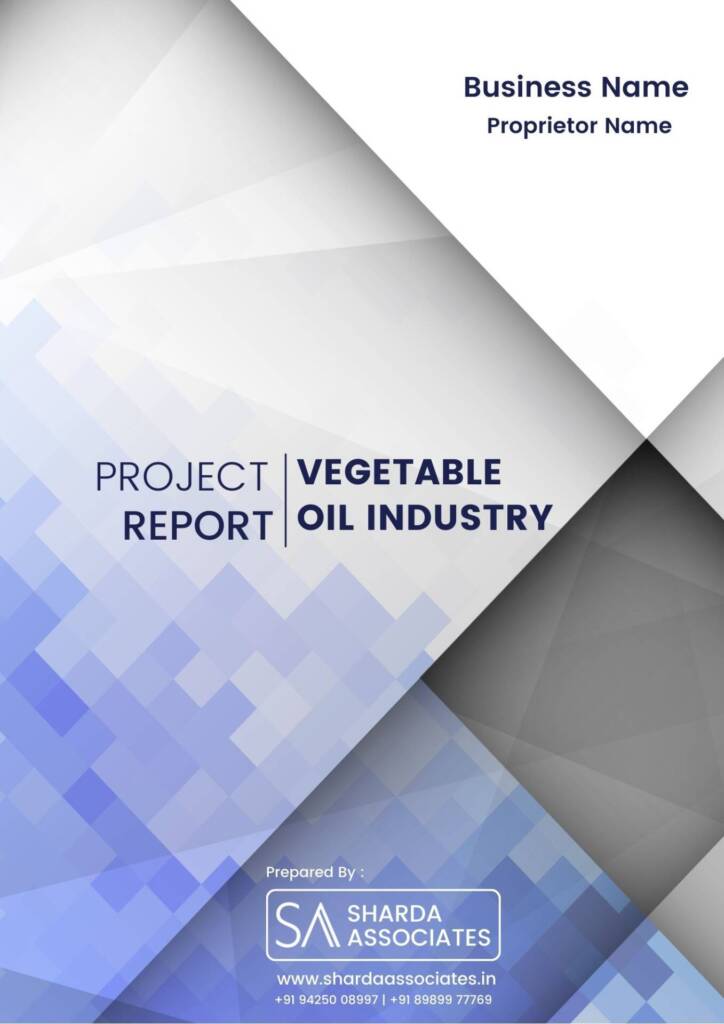


Market Strategy Of Vegetable Oil Industry
The vegetable oil market is fundamentally driven by several industrial applications such as the production of organic products like cosmetics, toiletries, biofuel, animal food, etc. India is the largest importer of vegetable oils in the world. The market in India witnessed outstanding growth during 2015-2020. The edible oil industry in India stood at around $ 21.5 billion in 2019 and is projected to grow further to $ 35.2 billion by 2025.
The soya oil market dominates the industry which held more than one-third of the total market share in 2019 while the other leading oil types in India are mustard oil, sunflower oil, palm oil, and olive oil.
The global market is expected to reach $ 3700 million by 2026, growing at the Compound Annual Growth Rate (CAGR) of 6.1% from 2021 to 2026. Supportive oil policies in different countries such as the increment of taxes on crude oil and refined palm oil in India for supporting domestic vegetable oil production.
The Asia-pacific region holds a dominating position in the market with China being the largest shareholder of consumption as well as production of vegetable oil. The industry is a massively competitive landscape for various countries and companies and its growth is segmented into its geographical location, types of oil, consumption choices, packaging type, the material used, etc.
The incipient consciousness about health and fitness and the various rising industrial applications of this oil works as the fundamental drivers for the vegetable oil market in India whereas the increasing concerns about the environment in order to reduce the use of palm oil and the high cost of processing are major challenges for the market, which are yet to be dealt with.
Vegetable oil witnessed a disruptive supply stoppage during the lockdown in 2020. The pandemic, like every other major industry, disrupted the supply chain and the consumption of vegetable oils around the globe as the majority of the hospitality sectors around the globe were shut down as well.
The unavailability of raw materials also caused the production process to have any major problems. However, the industry is in the process of recovery and has shown significant growth since the lockdown and is projected to grow further during 2021-2026 with the aid of Government policies and rising household and industrial uses.
